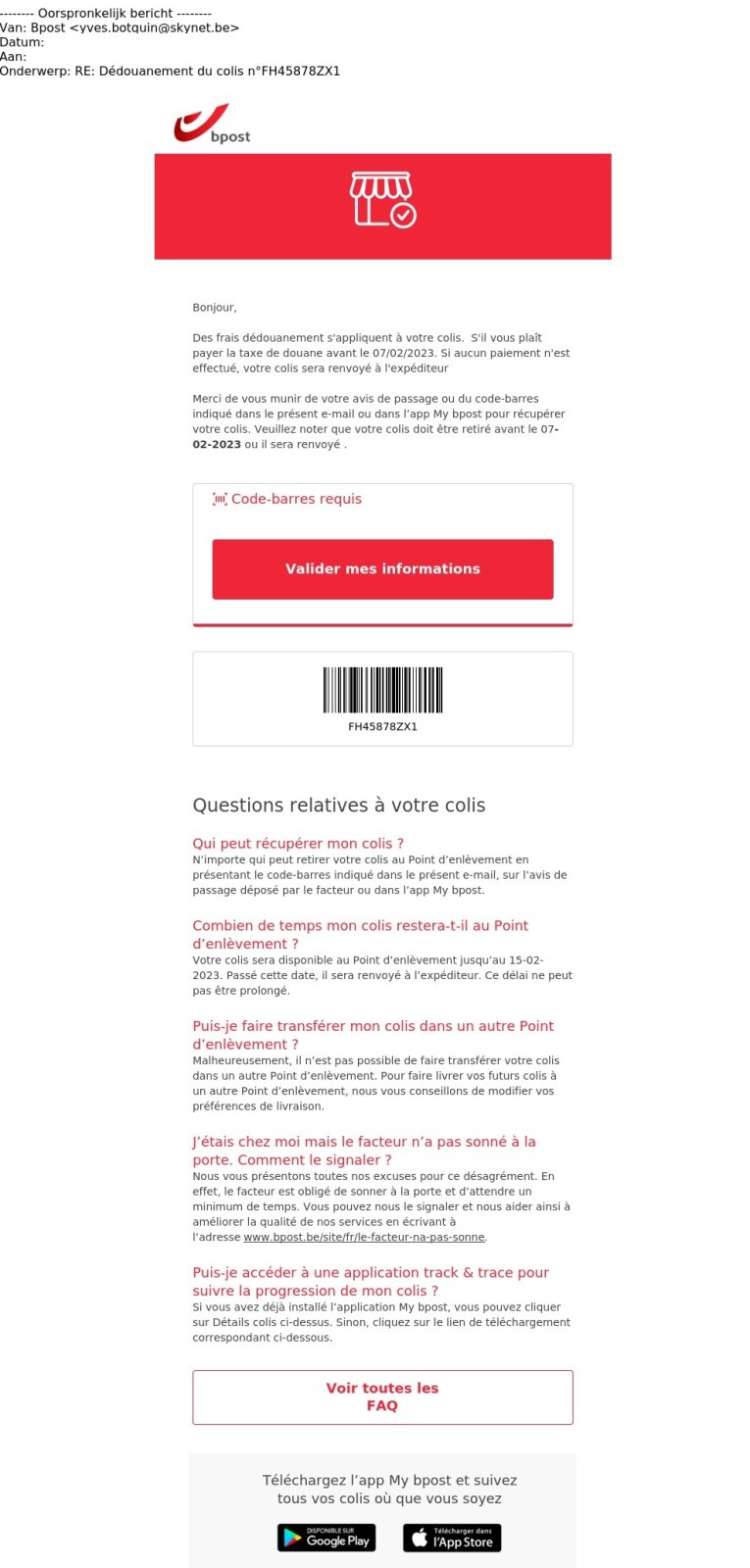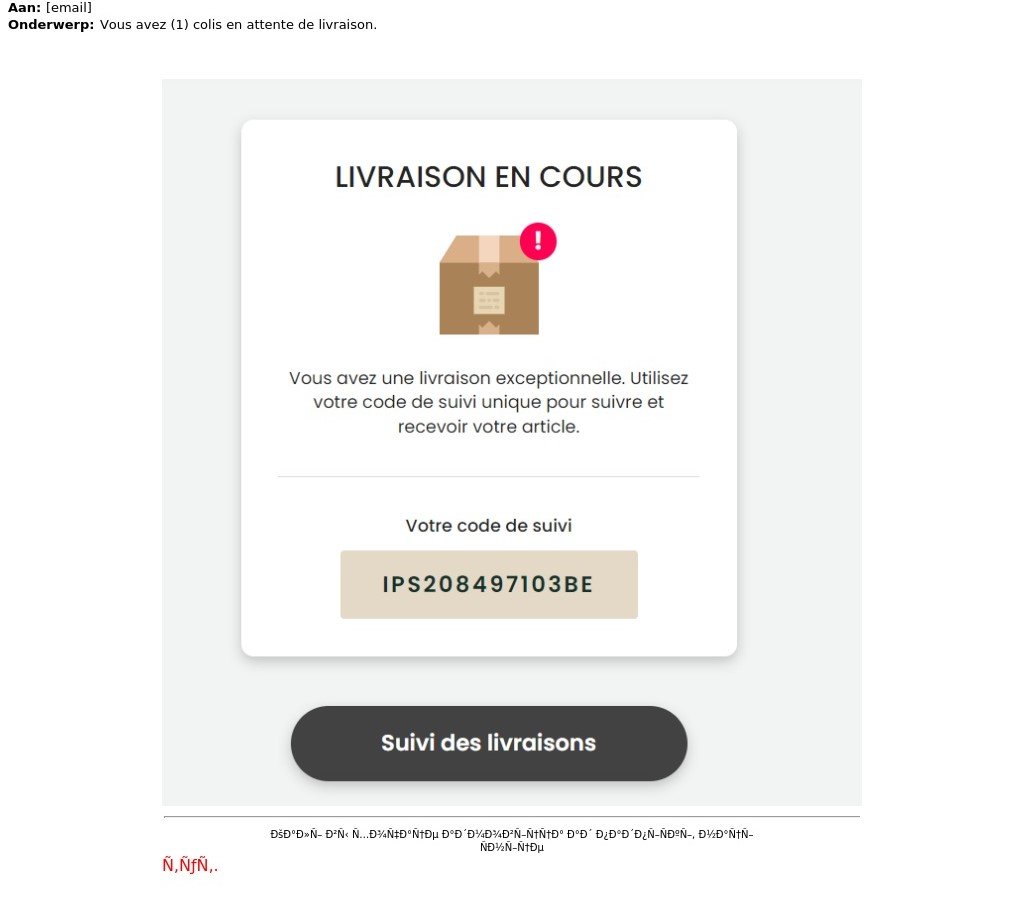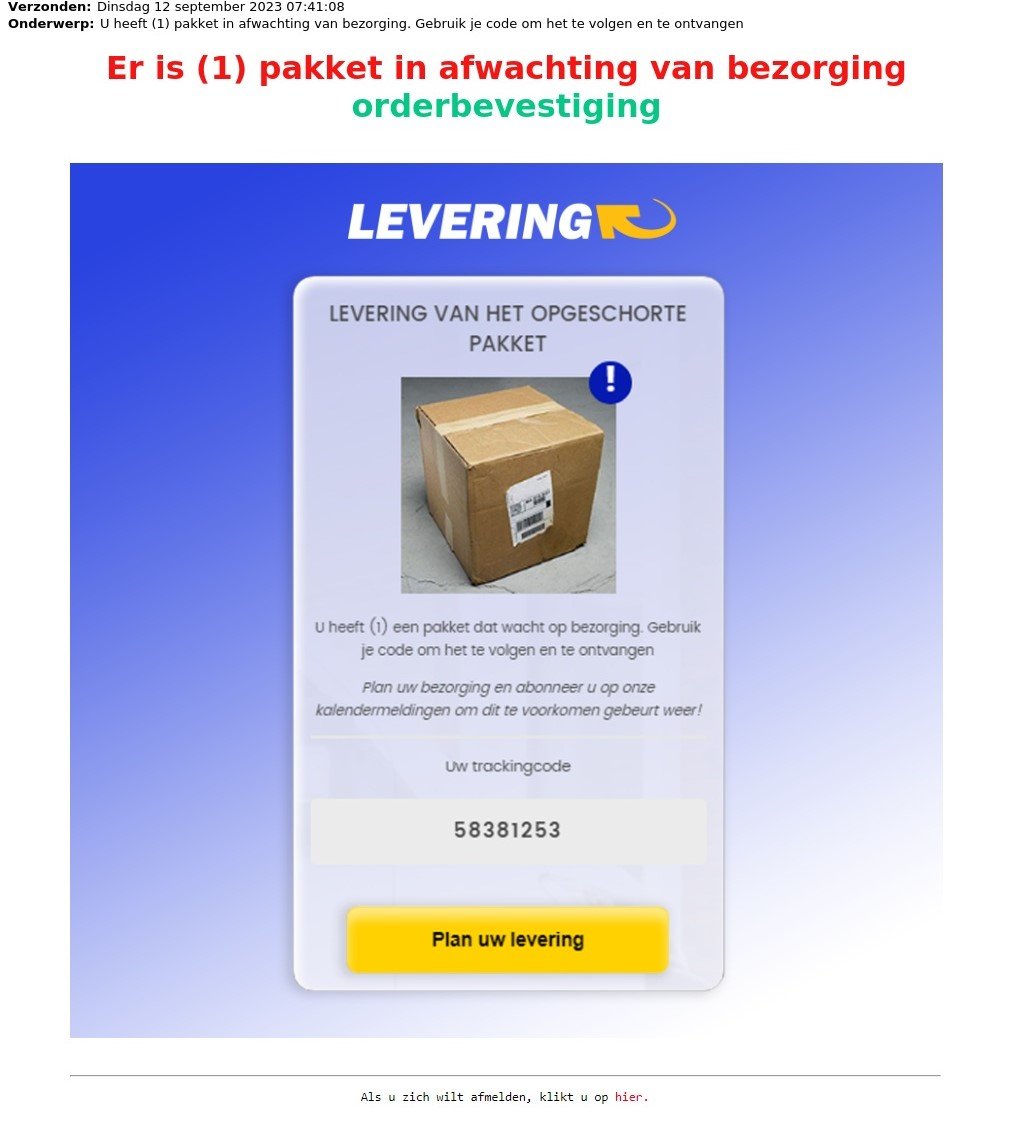My name is Sarah, I am 32 years old and I became a victim of phishing. It happened one day in August, when I received a text message from PostNL. The text message said I had received a parcel, but that I had to fill in my details first to receive the parcel.
I clicked on the link in the text message and came to a website that looked exactly the same as PostNL's website. I filled in my name, address and bank details and clicked "Send". A few hours later, I got a call from my bank. They told me that a large sum of money had been withdrawn from my account. I was in shock. I had no idea what had happened.
The bank teller told me that I had become a victim of phishing. Phishing is a form of Internet fraud in which scammers pretend to be a trustworthy organisation, such as a bank or a postal service. They send a fake message or e-mail with a link to a fake website. When you click on the link, you are taken to a website that looks exactly like the real website. You fill in your details, and the scammers can use those details to withdraw money from your account.
I thought I was wary, but apparently I wasn't. I am now much more careful about links in emails and text messages. I want to warn everyone about phishing. Be careful with links in e-mails and text messages, and only click on them if you are sure it is a reliable source.
This testimonial is written by an AI text generator, but is a great representation of a story we hear regularly at Safeonweb.




